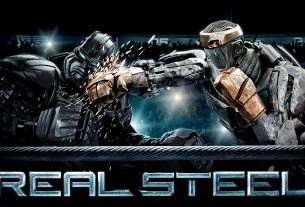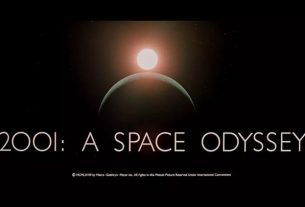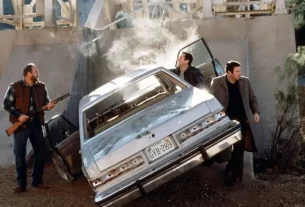September 21st is World Peace Day. On September 7, 2001, the United Nations General Assembly passed a resolution, deciding to designate this day as the International Day of Peace starting in 2002.
The resolution mentioned: “After that, it was announced that the International Day of Peace should become a global day of ceasefire and non-violence, and all countries and peoples are invited to cease hostilities on this day.”
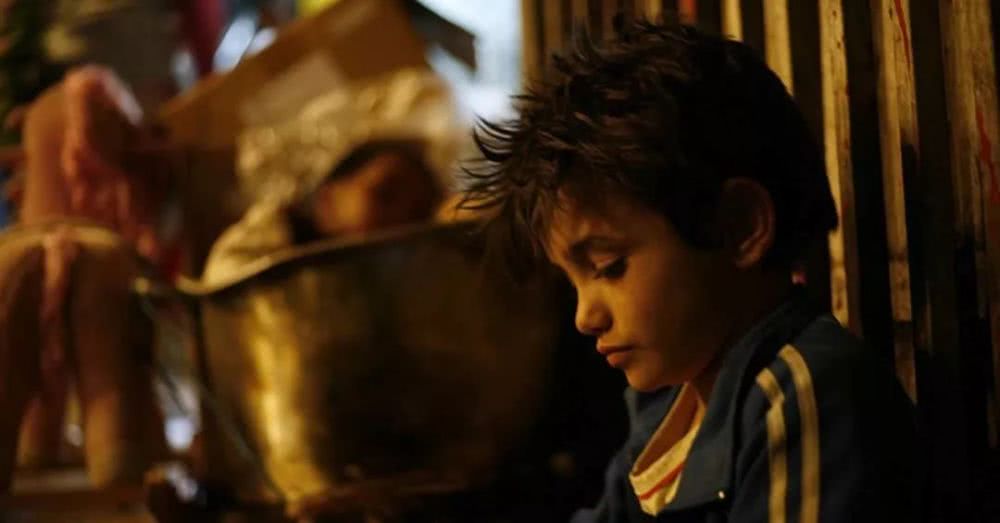
Perhaps there is still war in a certain corner of the earth today. In the next second, some will lose their husbands, some will lose their children, and some will lose their fathers.
People use video to record what happened, for future generations to judge and learn from.
As the most vulnerable group in the war, children see the war as the purest.
Today, we look back on the past together through the perspective of children.
The story of “Capharnaüm” takes place in Beirut, Lebanon.
Since the Lebanese Civil War in 1975, Lebanon’s economic development has been very sluggish.
In 2011, when the Syrian War broke out, more than 1 million Syrian refugees poured into Lebanon, and the refugee population once accounted for a quarter of the total population.
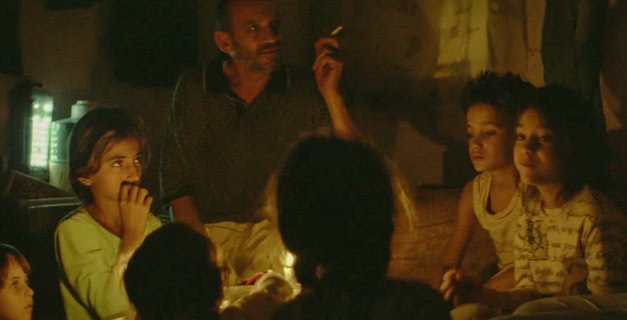
Zane, the protagonist of “Capharnaüm”, is a 12-year-old child from a slum in Lebanon.
The film tells the story of why a 12-year-old boy sued his parents through flashbacks. (The story of this film is adapted from the personal experience of the actor)

Seven Zain brothers and sisters live in a dilapidated attic with their parents.
Parents do not have the ability to raise so many children, but they do not control childbirth. They treat children more as commodities.
The 12-year-old Zain has not gone to school, and his immature shoulders have already carried the burden of life early.
In order to subsidize the family, he would go to the canteen to do odd jobs and stop passers-by to sell juice on the street.
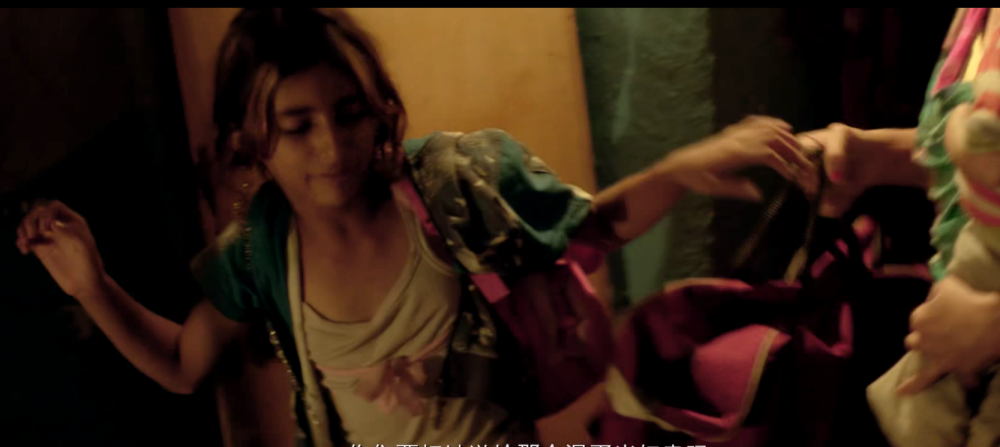
But this will still be abused and beaten by the parents.
In order to support family life, Zain’s parents sold their 11-year-old daughter to an old man (commercial shop owner).
Zain ran away from home in anger.
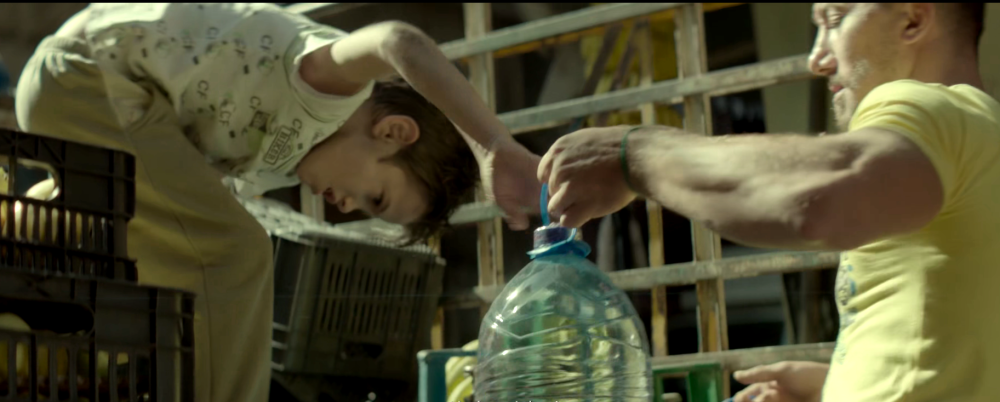
He ran to a seaside town, where he met Lahir, an Ethiopian immigrant.
Rahil is a kind person, he took Zain in.
But Rahil also has a one-year-old black child who will be deported once the authorities find her.
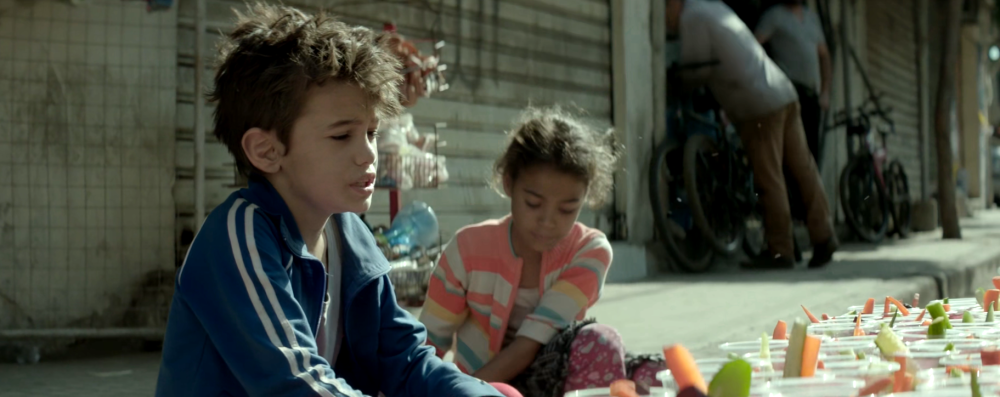
So Rahil has been working hard to save money to buy ID cards for girls.
It’s a pity that good luck tricked people and was arrested the day she went out to apply for a permit.
Zain has no choice but to wander around with Rahil’s children.
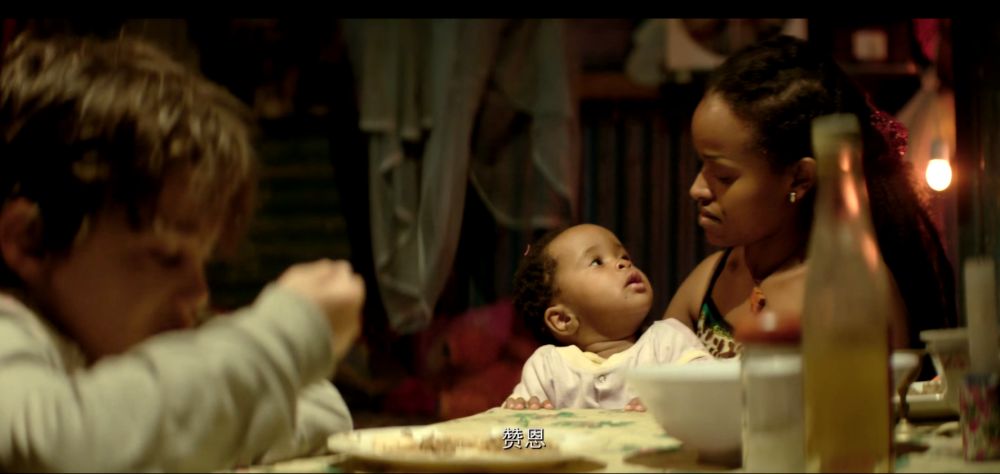
On his way home to get his documents, he heard the news of his sister’s death.
It turned out that his sister died due to a dystocia. Zain was so angry that he picked up a knife to kill his sister’s husband, but went to jail for that.
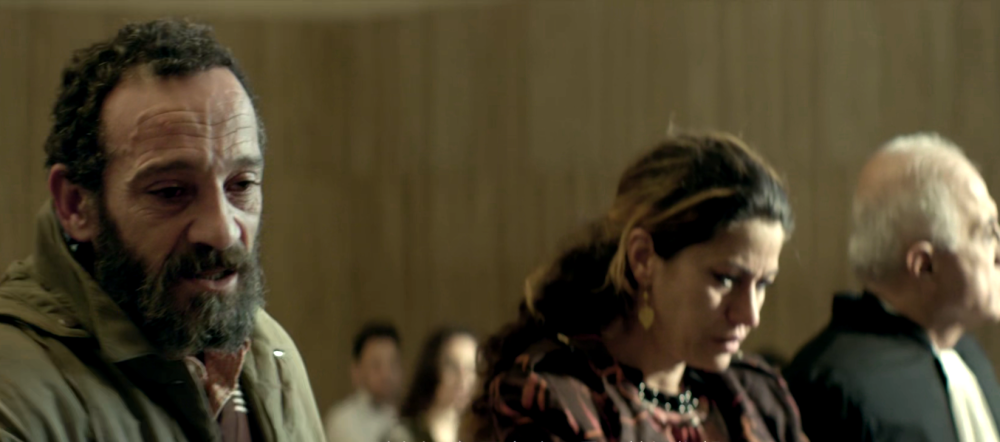
Zain’s mother went to see him in prison and told him that she was pregnant again, and she wanted to name her “Sahar” in memory of her dead daughter.
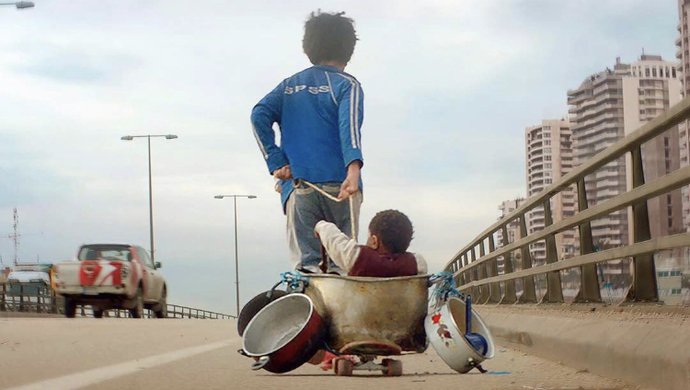
Zain is also aware of the tragic fate that this new life is about to face, and he is very angry at his parents’ uncontrolled childbirth.
Later, he put on a live TV call and told the host that he was going to sue his parents.
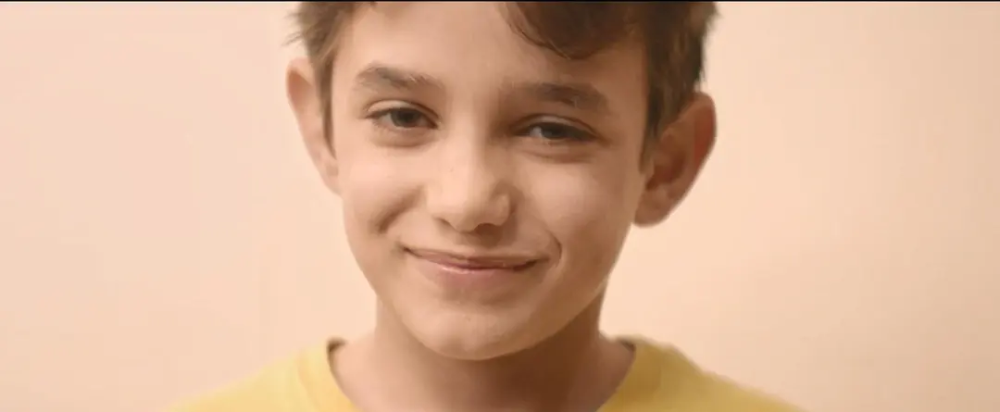
In court, Zain told the judge that the reason for the prosecution was that his parents gave birth to himself.
“Capharnaüm” echoes here from end to end, perfectly narrating a real human tragedy.
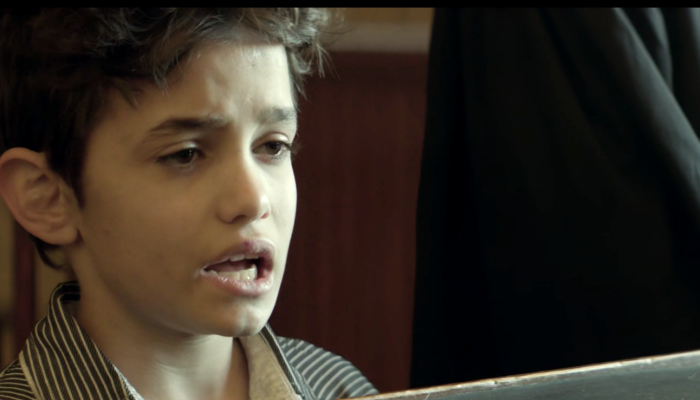
The story of this film may seem absurd in our peaceful country, but it really happened in the extremely poor families in the slums of Lebanon.
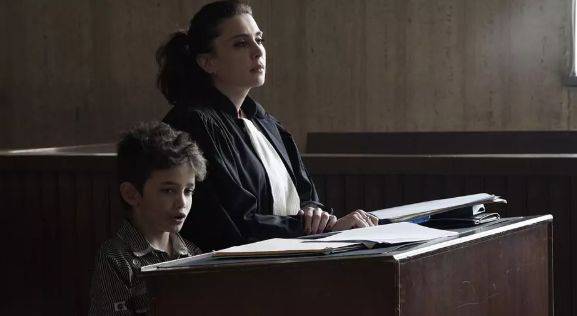
What makes a 12-year-old child pick up the burden of life prematurely?
What makes him have a pair of vicissitudes of eyes?
What constitutes this cannibalistic society where parents sell their children?
It’s war, interest, and even more human greed…
I hope that in the future, fewer children will be affected by the war.
In other words, there are fewer wars in the world.
